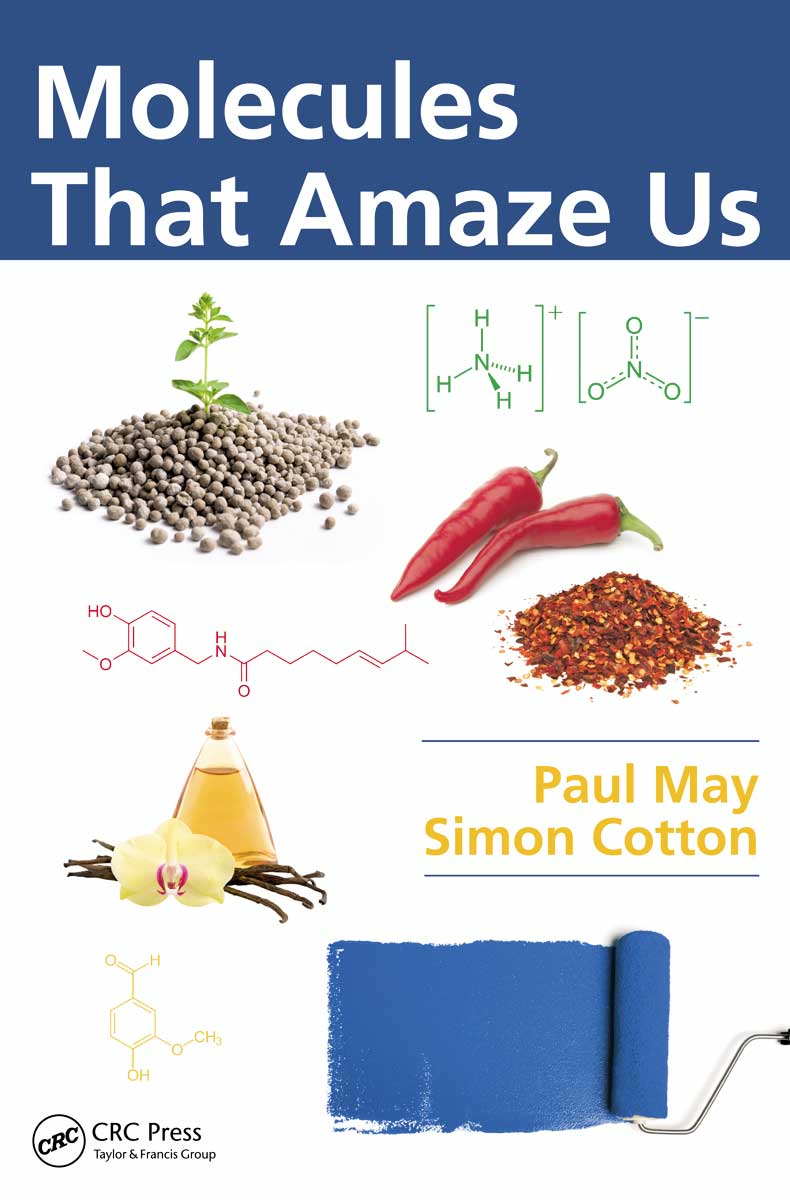
Molecules that Amaze Us, by Paul May and Simon Cotton
July 6, 2015 | Issue 32Molecules are everywhere, both inside us and out, but they are more than just common. The ones you will find in Molecules that Amaze Us are incredible.


Molecules are everywhere, both inside us and out, but they are more than just common. The ones you will find in Molecules that Amaze Us are incredible.
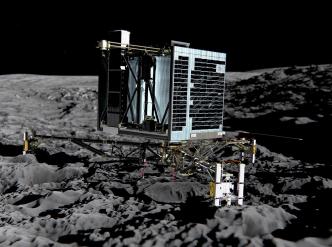
The Rosetta mission’s comet landing leads to amazing and unexpected destinations in the field of science communication.

Science in School is published by EIROforum a collaboration between eight of Europe’s largest inter-governmental scientific research organisations (EIROs). This article reviews some of the latest news from EIROs.
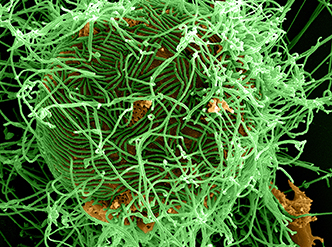
Discovering how infectious diseases spread may seem purely a matter for medical science – but taking a close look at the numbers can also tell us a great deal.

The basic chemistry of hair dyes has changed little over the past century, but what do we know about the risks of colouring our hair, and why do we do it?
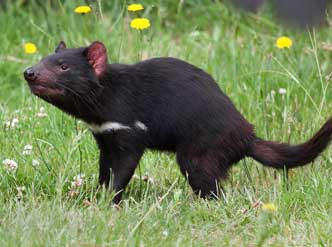
Is it possible to pass cancer from one individual to another? For some animals, it is – and, sadly, a unique Tasmanian species is facing possible extinction as a result.

Imagine living with the danger that your home could be flooded at any time. This challenge will enable pupils aged 7–14 to discover the impact that flooding has on people’s lives, and how science and technology can mitigate its effects and help find potential solutions.

These simple physics experiments add an extra surprise to your Kinder Surprise chocolate eggs.
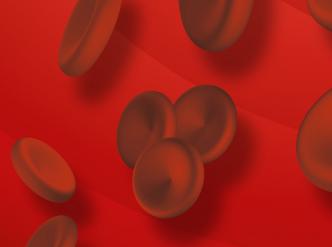
In this experiment, simple liquids that mimic blood are used to demonstrate blood typing.

Using an everyday toy can introduce mystery into the classroom and help explain chemistry.

Adapting the steps of the scientific method can help students write about science in a vivid and creative way.

I am delighted to report that as we go to press, EIROforum – our publisher – has just agreed to continue funding Science in School until the end of 2020.